Sign up for workout ideas, training advice, reviews of the latest gear and more.

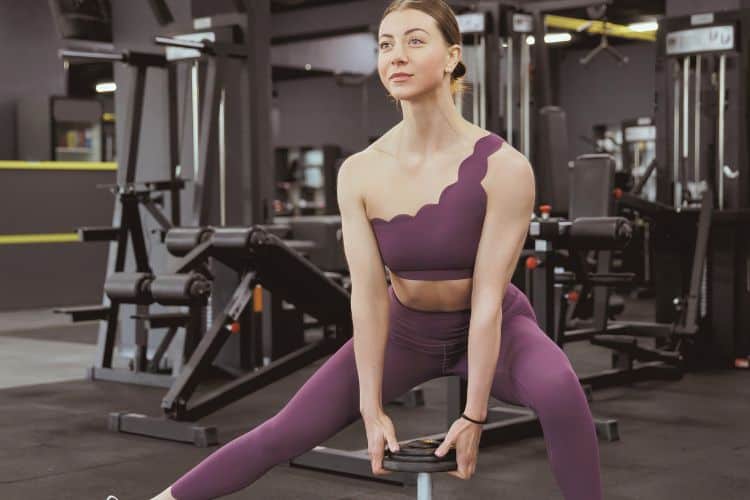
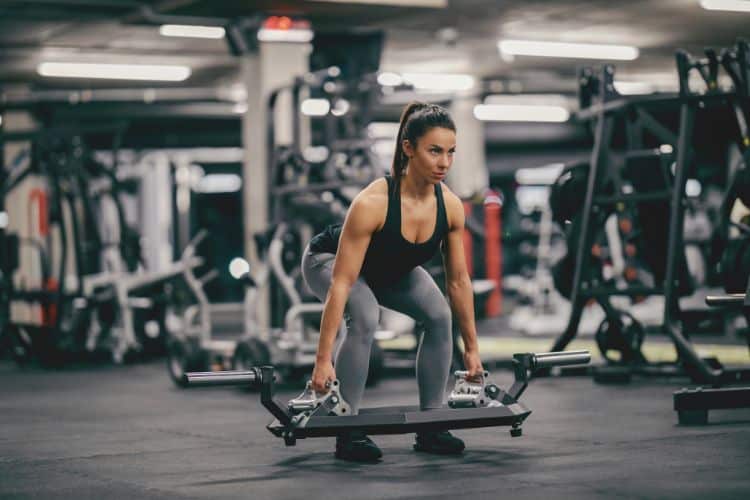
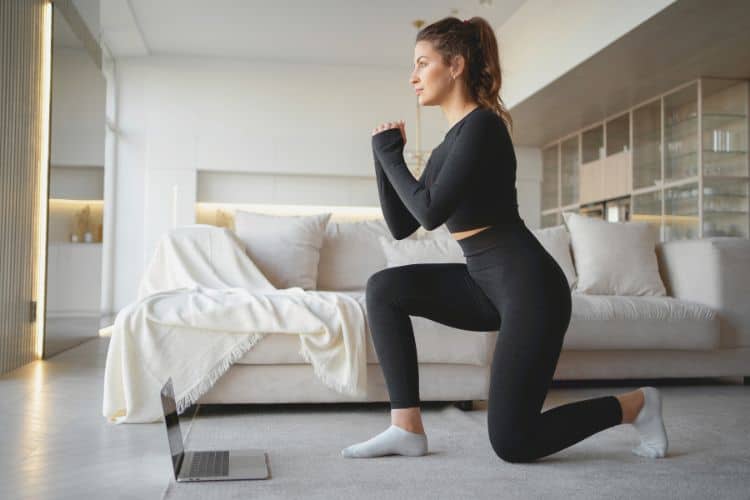
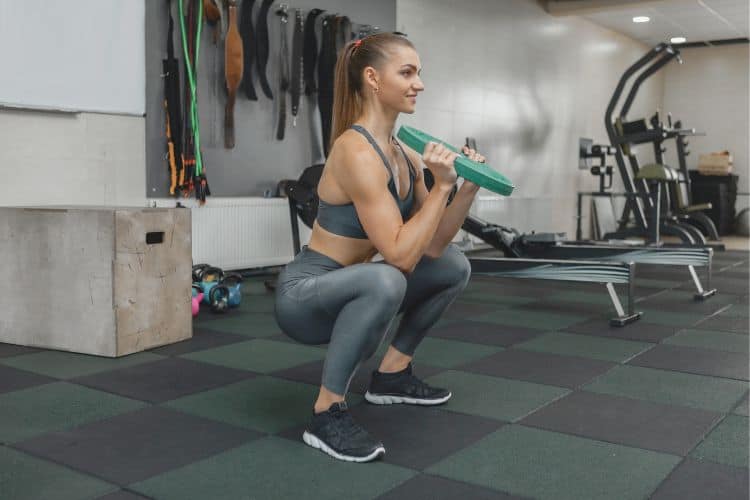
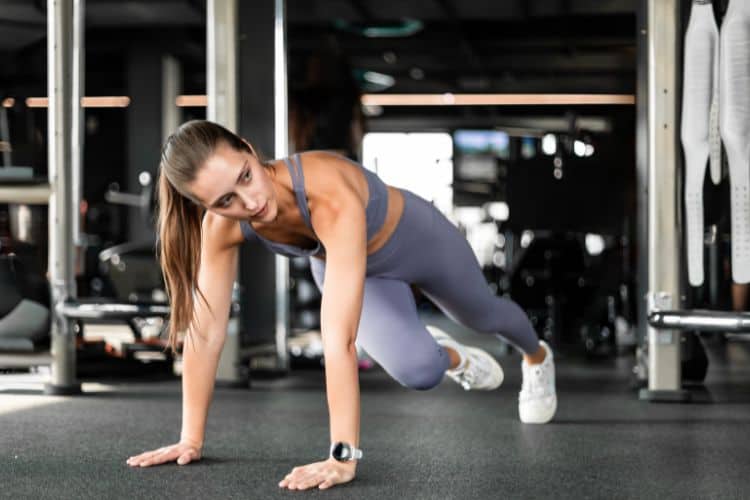
High-Intensity Interval Training (HIIT) is one of the most efficient ways to torch calories, build lean muscle, and increase cardiovascular endurance in a short amount of time. If you’re looking for a workout that maximizes results in just half an hour, a 30-minute full body HIIT workout is the perfect solution. Whether you’re at home with minimal equipment or in the gym, this workout will challenge your entire body while keeping your heart rate elevated for maximum fat burn.
In this guide, you’ll learn why HIIT is so effective, what to expect from a 30-minute session, and a detailed workout you can follow step-by-step. Let’s dive in!
HIIT stands for High-Intensity Interval Training, a workout style that alternates between periods of intense effort and short rest or active recovery. Unlike steady-state cardio, HIIT is designed to push your body close to its maximum capacity, helping you burn more calories in less time.
Research shows that HIIT can:
In just 30 minutes, you can get the benefits of an hour-long steady-state workout.
Most people struggle with two main fitness obstacles: time and effectiveness. A 30-minute full body HIIT workout solves both problems.
In just half an hour, you’ll hit all the major muscle groups, boost your heart rate, and achieve both strength and cardio benefits.
Instead of isolating muscles, this workout uses compound movements that work multiple areas at once. You’ll train legs, arms, core, and back in one session.
HIIT maximizes the afterburn effect, also known as EPOC (Excess Post-Exercise Oxygen Consumption). This means your body keeps burning calories long after the workout ends.
Whether you’re a beginner or advanced athlete, HIIT can be scaled to your level. You can perform bodyweight-only moves at home or add dumbbells, kettlebells, or resistance bands for extra intensity.
Before diving into your HIIT workout, always warm up to prepare your muscles, increase blood flow, and reduce injury risk. Here’s a simple 5-minute dynamic warm-up:
This workout consists of 6 exercises performed in circuits. Each exercise is done for 40 seconds of work followed by 20 seconds of rest. Complete 3 rounds with 1-minute rest between rounds.
Muscles Worked: Quads, hamstrings, glutes, calves, core.
Modification: Replace with regular bodyweight squats for low impact.
Muscles Worked: Chest, triceps, shoulders, core.
Modification: Perform push-ups on knees or against a wall.
Muscles Worked: Core, shoulders, hip flexors, legs, cardiovascular system.
Muscles Worked: Back, hamstrings, glutes, biceps, core.
Bodyweight Alternative: Good mornings + bodyweight rows using a towel.
Muscles Worked: Full body (legs, chest, arms, core).
Modification: Step feet back instead of jumping; skip push-up if needed.
Muscles Worked: Obliques, abs, core stabilizers.
Modification: Keep feet on the floor for stability.
Cooling down helps regulate heart rate, reduce muscle soreness, and improve flexibility. Spend 5 minutes stretching after your HIIT workout:
Quality matters more than speed. Poor form can lead to injuries, so prioritize correct movement patterns.
If you’re a beginner, reduce work intervals to 30 seconds and rest longer. Advanced athletes can add weights or shorten rest periods.
Use a fitness tracker or stopwatch to monitor intervals. Over time, increase intensity by adding resistance, increasing reps, or decreasing rest.
Perform this workout 3–4 times per week for optimal results. Combine with strength training, mobility work, and proper nutrition for a balanced fitness routine.
HIIT is proven to burn fat more effectively than steady cardio. The afterburn effect ensures calories are burned long after your session ends.
By combining bodyweight and weighted movements, you’ll build lean muscle while improving strength.
HIIT strengthens the heart and lungs, improving stamina and aerobic performance.
Dynamic moves and compound exercises engage stabilizing muscles, improving flexibility and joint health.
With only 30 minutes required, this workout fits into even the busiest lifestyle.
This workout is designed for anyone—beginners to advanced athletes. However, those with joint issues or medical conditions should consult a doctor first. Always listen to your body and scale exercises to your fitness level.
Here’s how you can integrate the 30-minute full body HIIT workout into your weekly routine:
A 30-minute full body HIIT workout is one of the best ways to maximize fat burn, build muscle, and improve endurance—all in less time than your favorite TV show. With consistency, proper nutrition, and recovery, you’ll see noticeable results in strength, stamina, and body composition.
Whether you’re training at home or in the gym, HIIT offers unmatched versatility. Start today, push yourself, and transform your fitness journey in just 30 minutes a day.
Want more workout and video guide?
Follow us on Pinterest, Facebook, and Subscribe to our Newsletter and Stay tuned for FREE downloads of our App coming soon!
Stay up to date on the latest women’s health, fitness and lifestyle trends and tips.